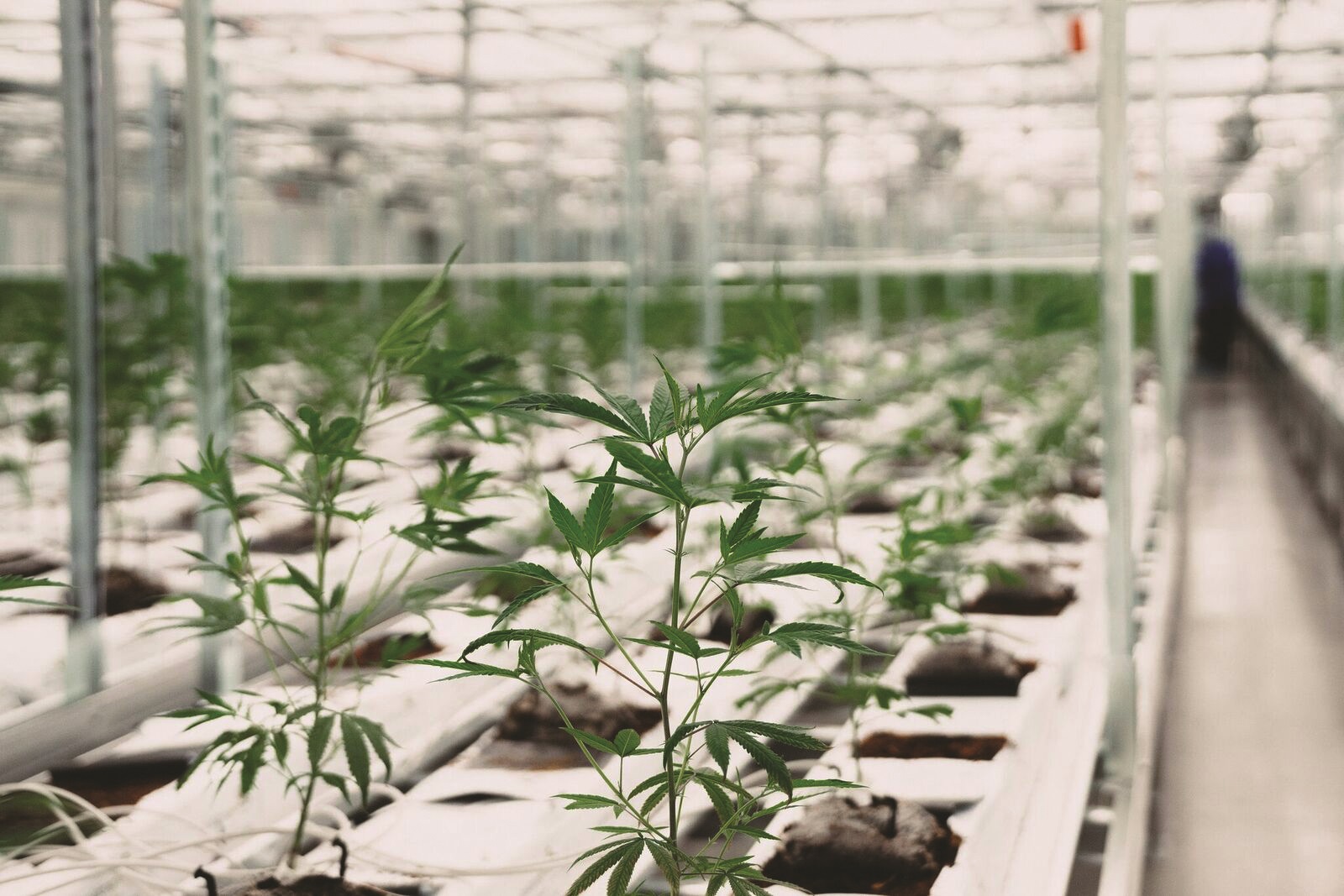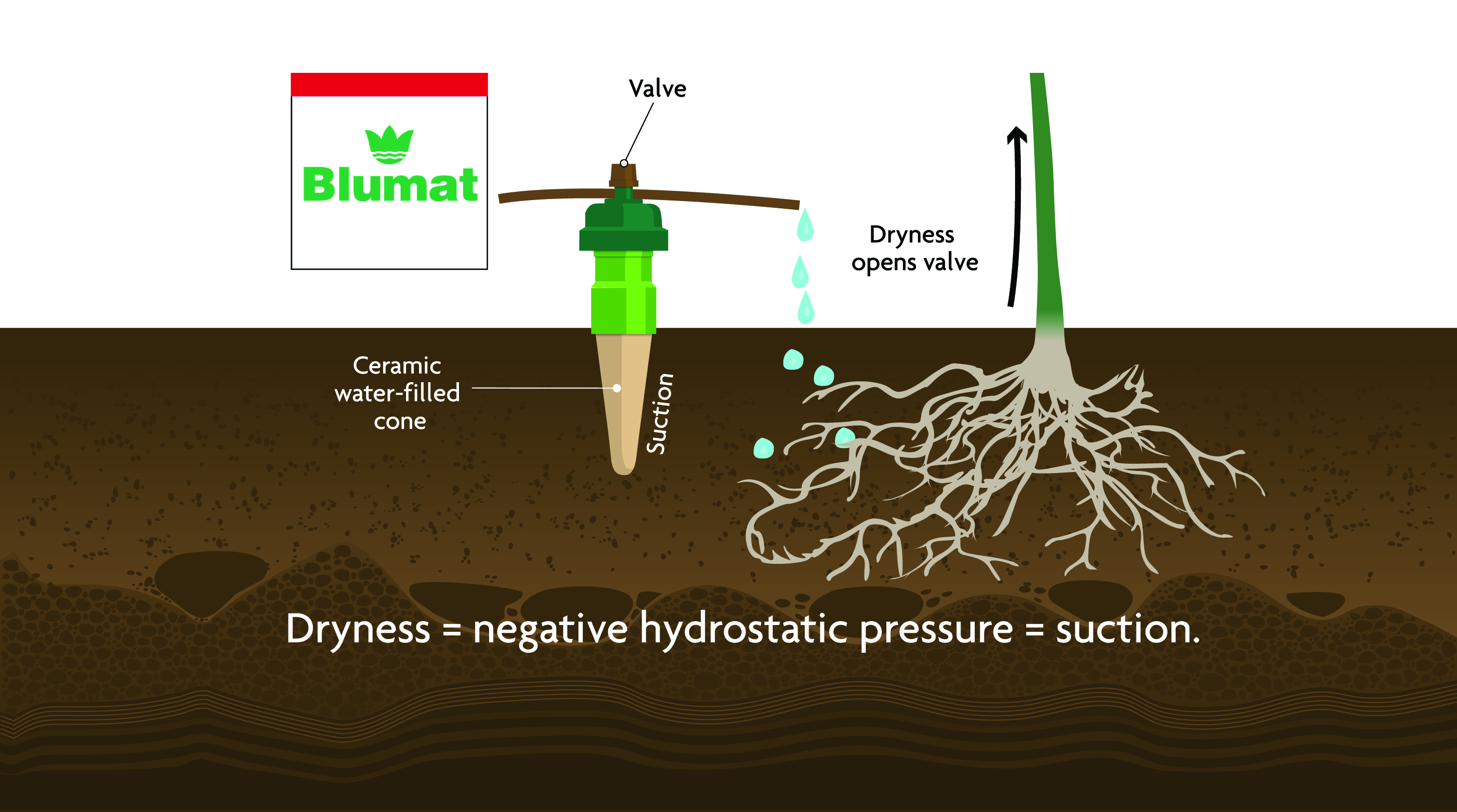Brianna Koch from Sustainable Village details why overwatering can be just as problematic as dehydration for your plants.

The following is an article produced by a contributing author. Growers Network does not endorse nor evaluate the claims of our contributors, nor do they influence our editorial process. We thank our contributors for their time and effort so we can continue our exclusive Growers Spotlight service.
Disclaimer
This article was originally written and published on Sustainable Village. If you would like to read the original article, click here.
"Nothing in the world is more flexible and yielding than water. But against the hard and the strong, nothing outdoes it."Lao Tzu, Tao Te Ching
In many ways, taking care of plants is like tuning a guitar. Just like finding the harmony between notes that are too sharp or too flat, watering is about finding the harmony between too wet and too dry. Every grower has questioned themselves, “Did I water too much?” or “Is there enough water?”. Most can even recall a time or two when they accidentally damaged the health of one of their plants due to an enthusiastic watering schedule or simple forgetfulness.
Mild over-watering is rather hard to detect. It doesn’t generally cause leaf droop and often presents no outward signs in the canopy, placing it into the category of “If it ain’t broke, don’t fix it.” Imperfect hydration still allows for high-quality cannabis and excellent yields, but in the case of the world’s most lucrative cash crop, optimization is paramount. Even a 4% bump in yield can result in enormous additional revenue.

The Cause of Overwatering
In the quest to increase quality and maximize yield, greenhouse conditions now approach environmental perfection. Ironically, this perfection creates liabilities for watering. For example, greenhouses maintain high humidity levels in order replicate a cool, humid morning for photosynthesis. This practice speeds growth, but plants end up locked into a metabolic moment in time that would only occur in nature for a relatively brief period. This environment out other points in the day such as the afternoon. The afternoon is a critical time for moisture regulation, presenting an opportunity to eliminate extra water in the soil or conserve water. A cool, humid greenhouse may interfere with these processes. Growers must be careful not to inhibit their plants’ natural desire to regulate themselves.
The canopy’s ability to regulate and release moisture is affected by the pressure differential between the inside of the leaves and the outside air. Specifically, a lack of water vapor pressure in the air, otherwise known as vapor pressure deficit (VPD), “pulls” moisture out of the leaves, and, in turn, out of the soil and through the plant. VPD is important to consider because it is directly tied to the plant’s transpiration rate, which, in turn, is directly linked to watering. Transpiration increases the moisture in the air, lowering the VPD and reducing the plant’s ability to transpire. In nature, this behavior balances out with the rest of the environment. But in the greenhouse, this compromises the plant’s ability to cool itself under hot grow lights, even though ample moisture is available in the soil.
When a surplus of water in the soil (hydrostatic pressure) pairs with a low VPD, the plant begins to “drown” because the process of transpiration can’t keep up. Water displaces the oxygen needed by the roots, stopping photosynthesis and potentially damaging the roots. Too much water can also drown beneficial soil microbes and spur the growth of other microbes that excrete alcohols and damage the roots. Once over-watering compromises the population of beneficial microbes, it may never recover, and nutrients that would have been provided by microbes are no longer available.

Irrigation is the key to regulating VPD
One unique method of controlling VPD is employed by a company called Blumat Watering Systems. It is possible to combat the “drowning” issue, by only water into the soil when the soil becomes dry. By taking advantage of hydrostatic pressure, the system only releases the amount of water that the plant pulls from the soil, without the need for electricity or computer monitoring. The dry earth creates a suction force that sucks water out of a ceramic sensor. Suction tension develops in the system, opening a flexible valve. Once the soil is moist enough, the sub-pressure in the sensor causes water to be sucked back into the cone, returning the valve to its original position, squeezes the drip tube closed. Blumats work as tension-meters with a ceramic tip, as you can see below.

That’s not to say that this is the only method for solving overwatering issues. Hygrometers, thermometers and soil moisture meters can help a grower manage VPD, but the time-intensive process is best handled by an integrated automation system. Controller technology has advanced to the point that an integrated automation system can handle VPD changes on the fly to stay within a set limit of environmental conditions. The downside to systems such as these is that they are often expensive to install and maintain, and require electricity.
In fact, the plant’s response to irrigation might be the only way the plant itself can provide growers with definitive feedback. Cannabis plants ultimately communicate via water. The language they speak is dry or soggy soil. By allowing plants to control the environment, they can regulate their own health, allowing them to better adapt to changes in grow room conditions.
10 Best Gift Ideas for Cannabis Connoisseurs and Growing Aficionados (2022)
December 7, 2022Developing and Optimizing a Cannabis Cultivation System
December 14, 2021Dealing with Insomnia: How Can CBD Help?
December 10, 2020Your Guide to Sleep and CBD
December 7, 2020
Do you want to receive the next Grower's Spotlight as soon as it's available? Sign up below!
Resources:
Want to get in touch with Brianna or Sustainable Village? They can be reached via the following methods:

Do you have any questions or comments?
